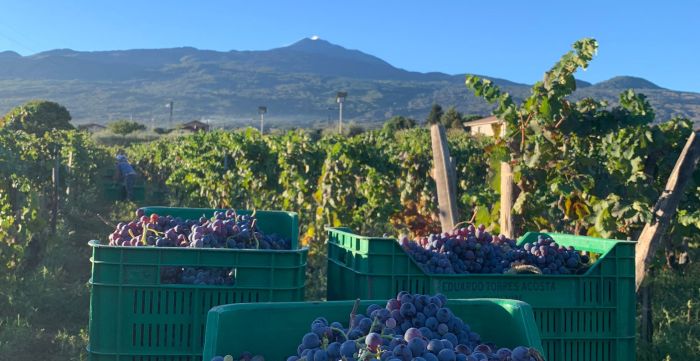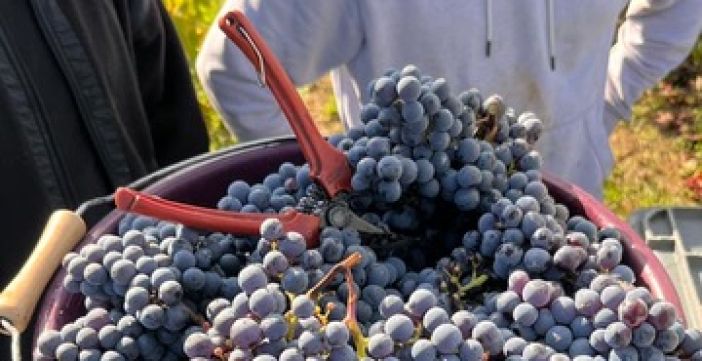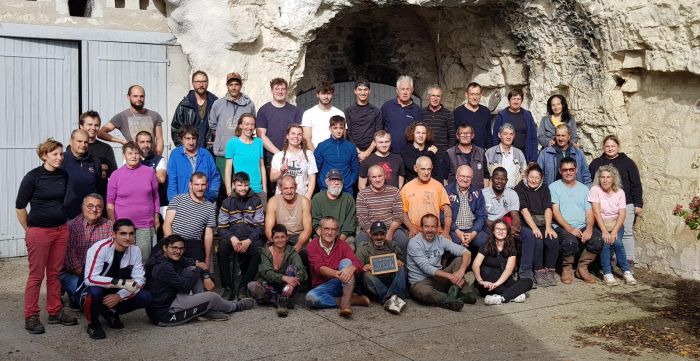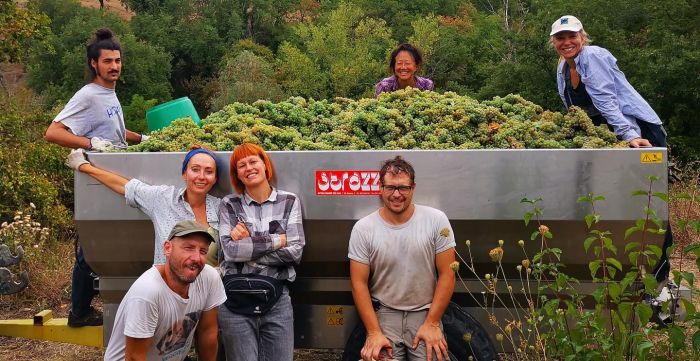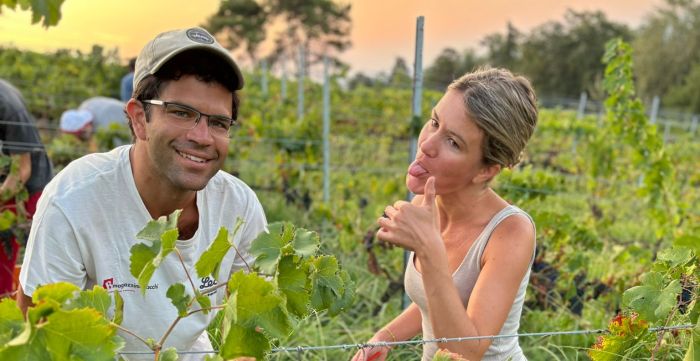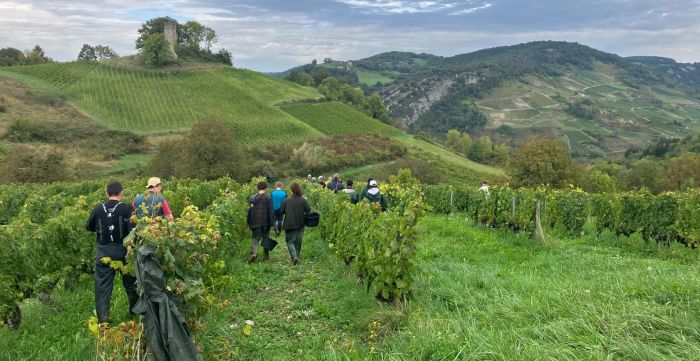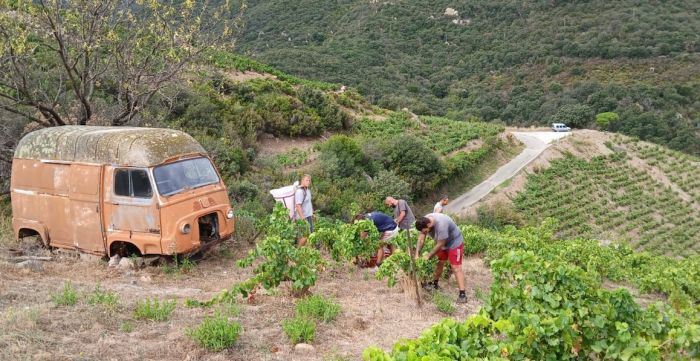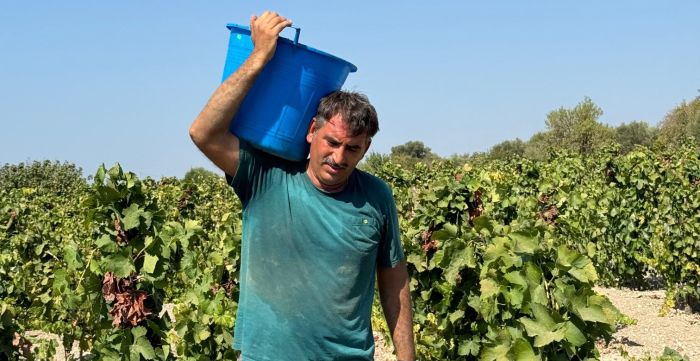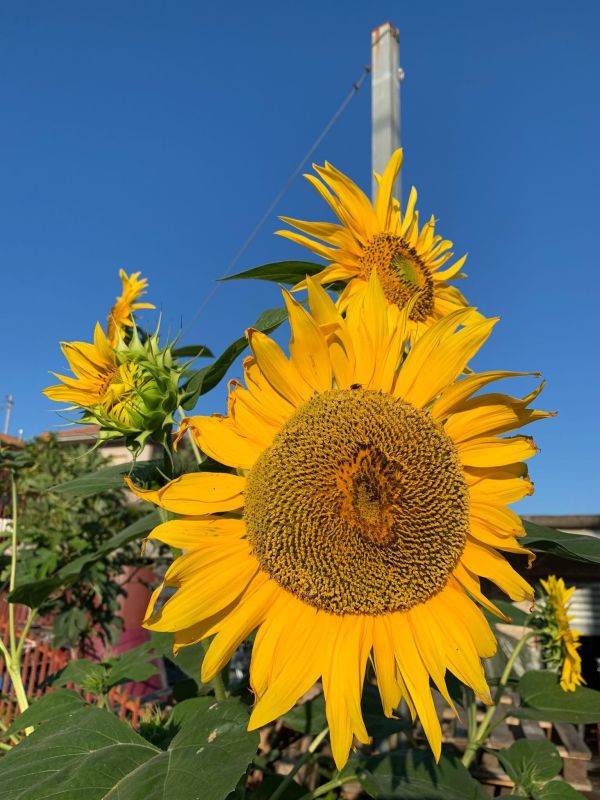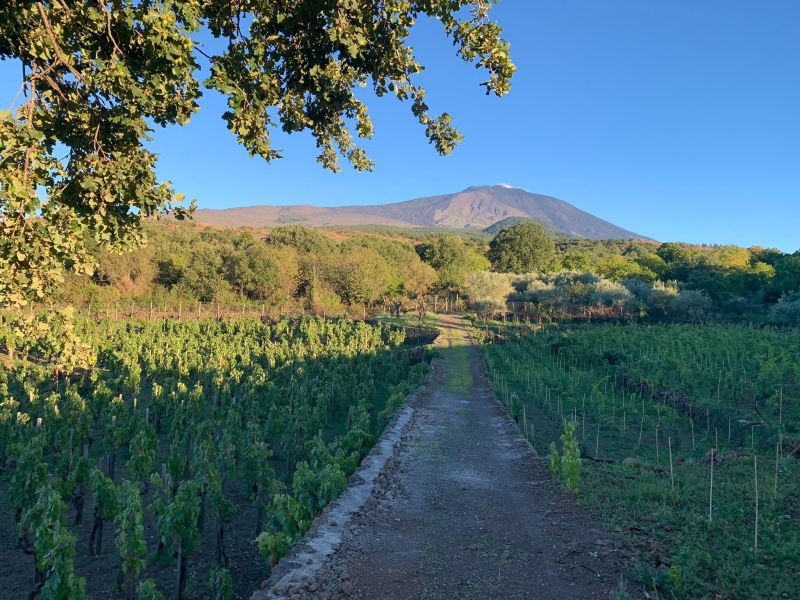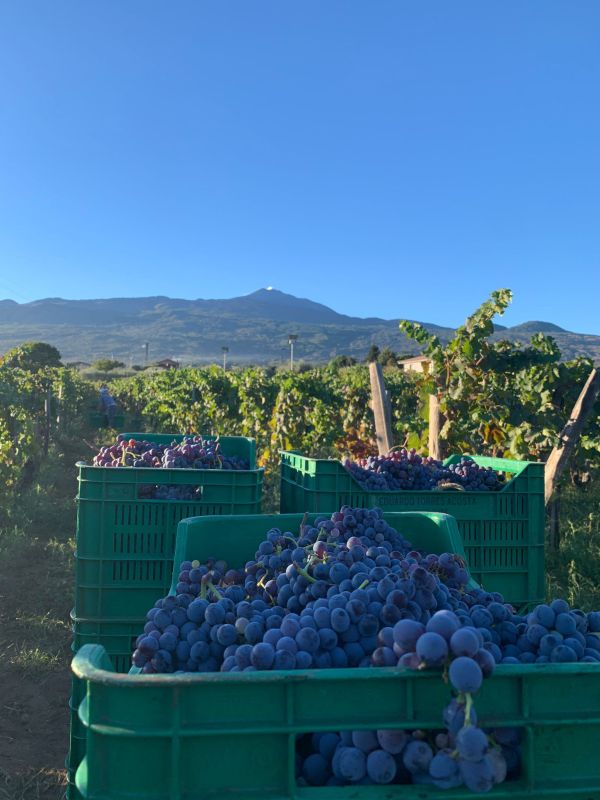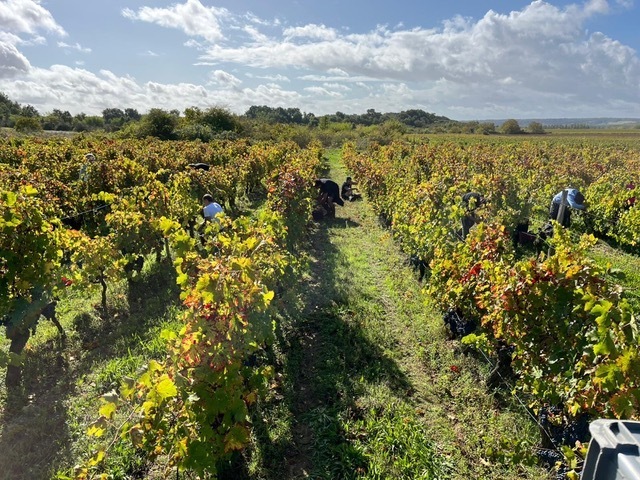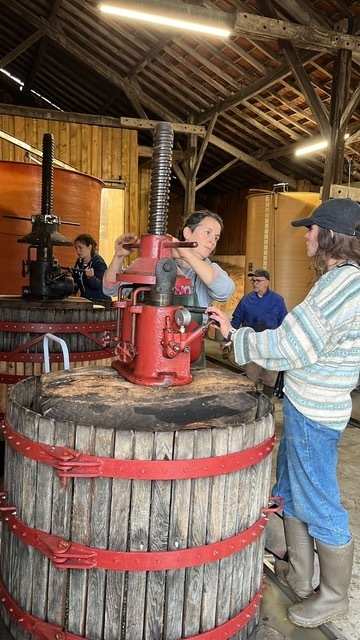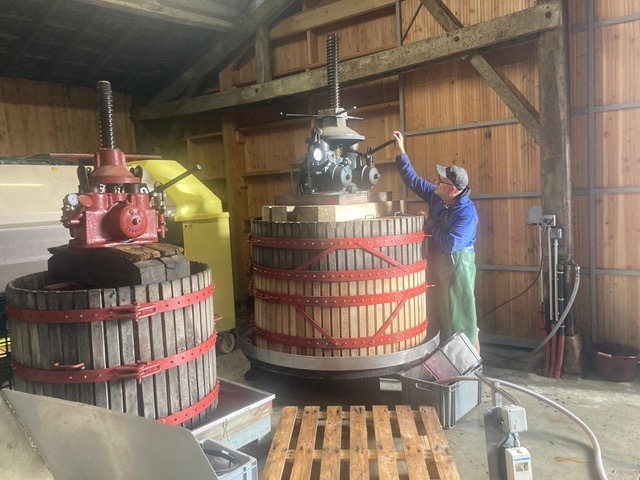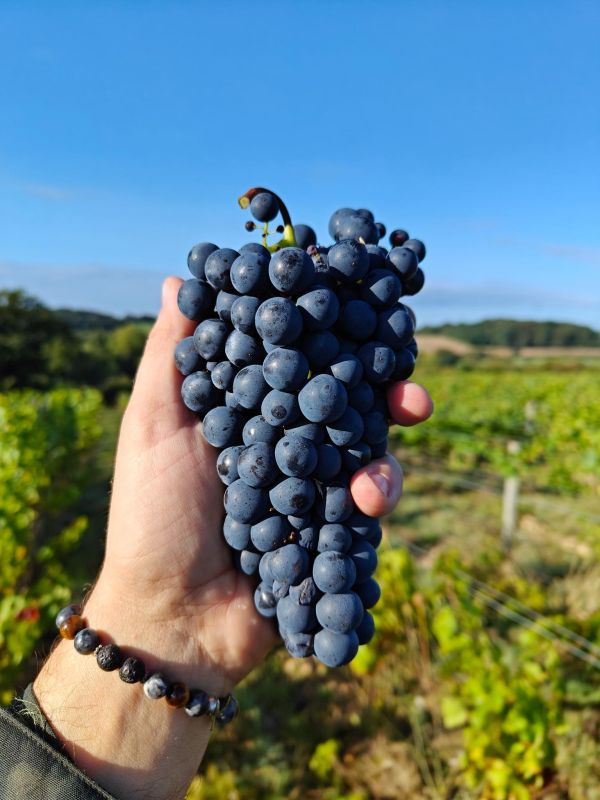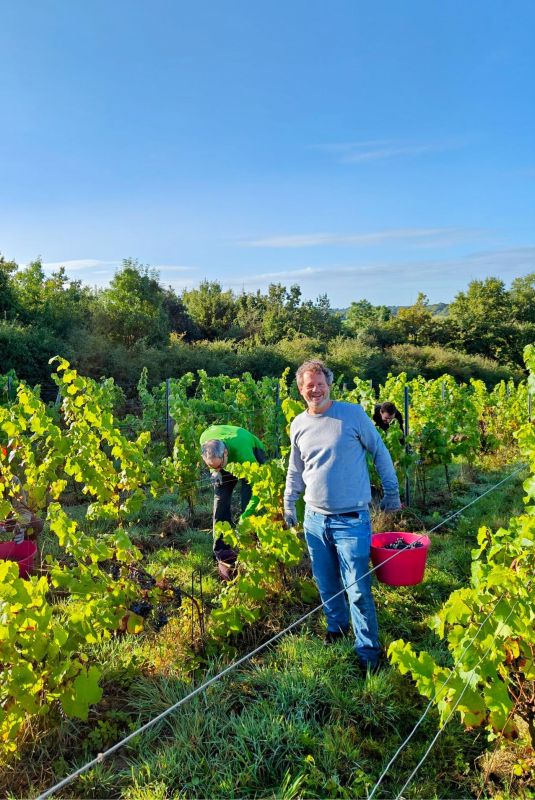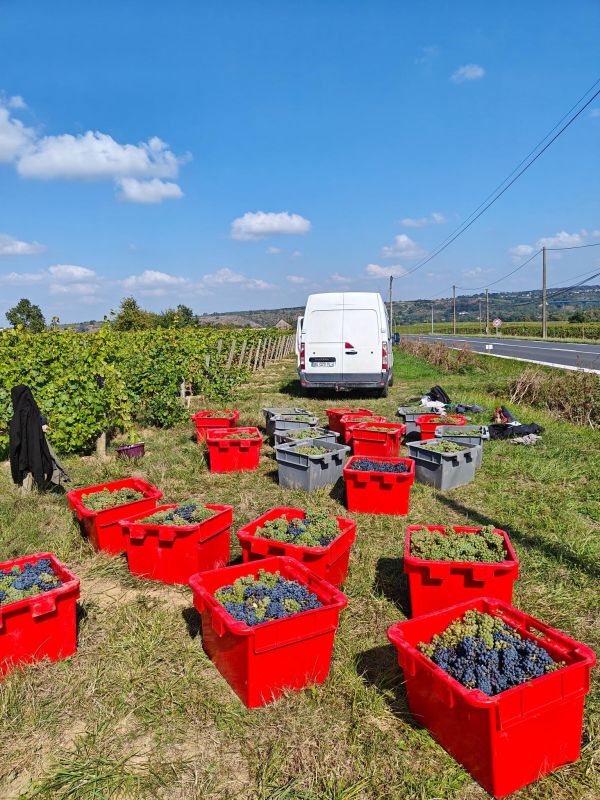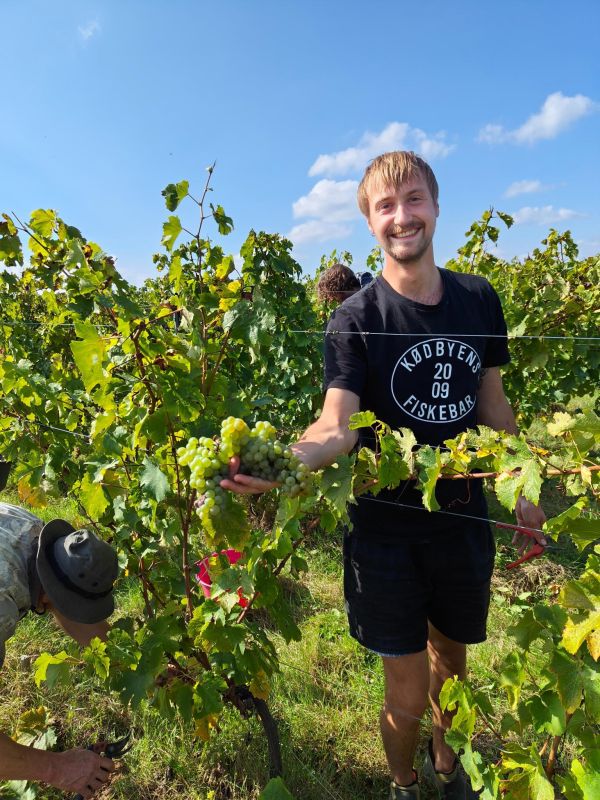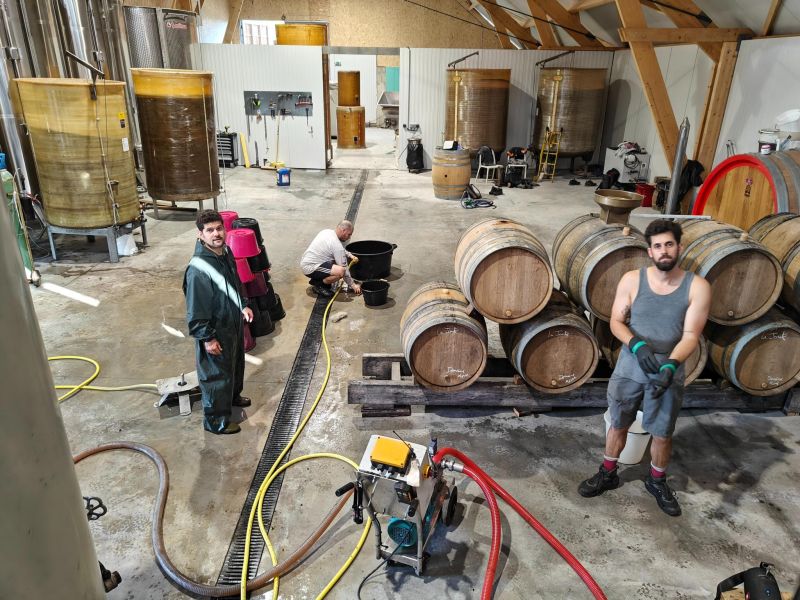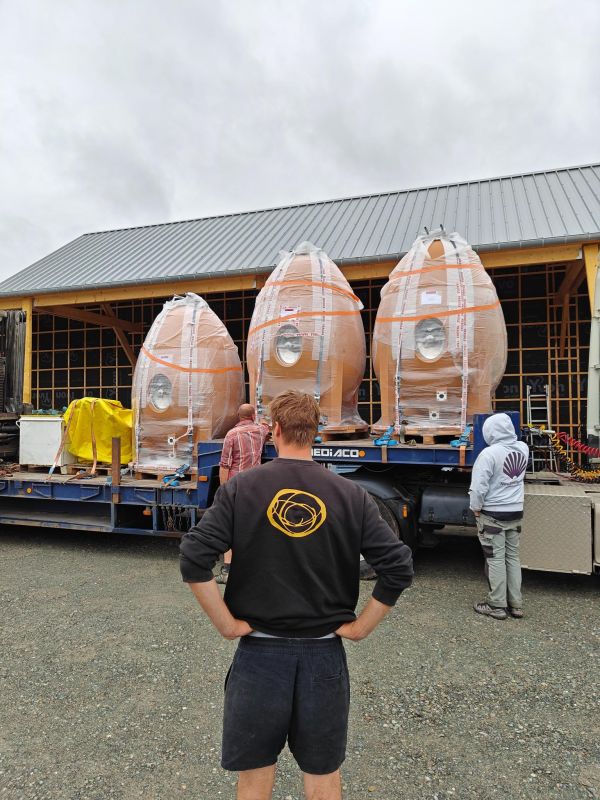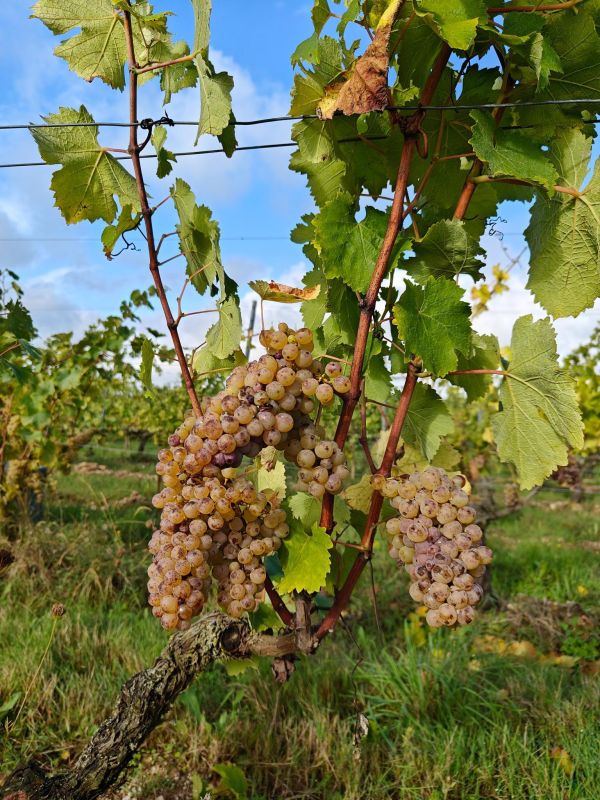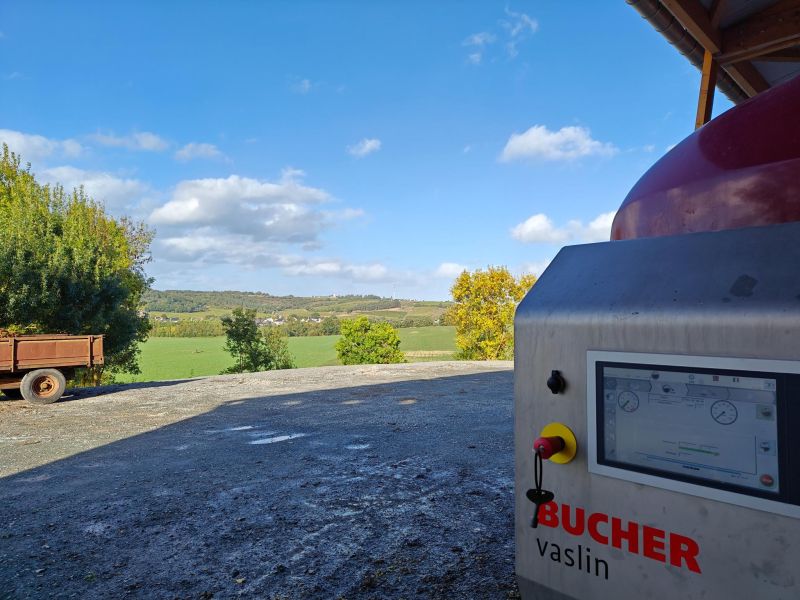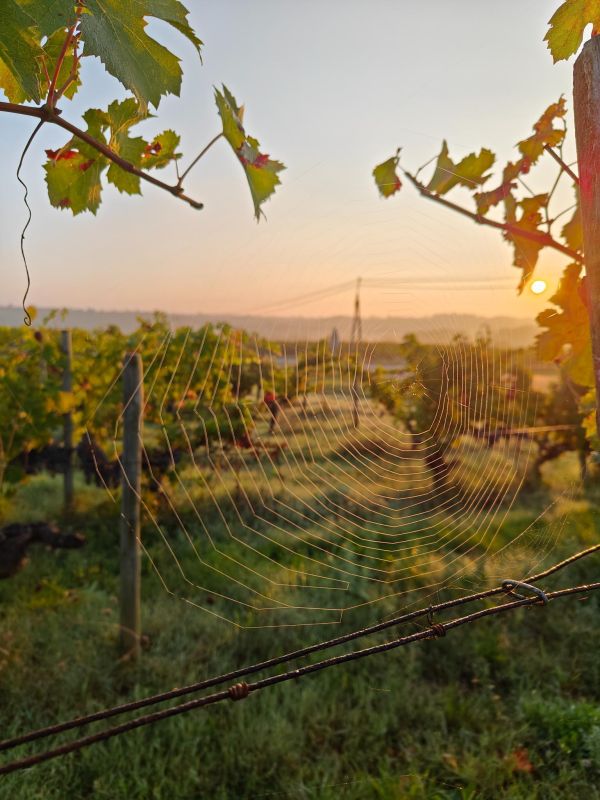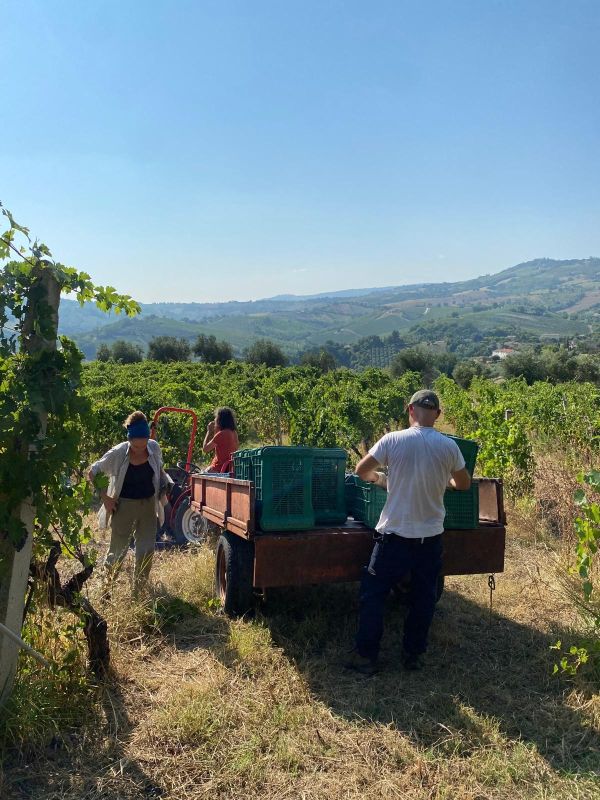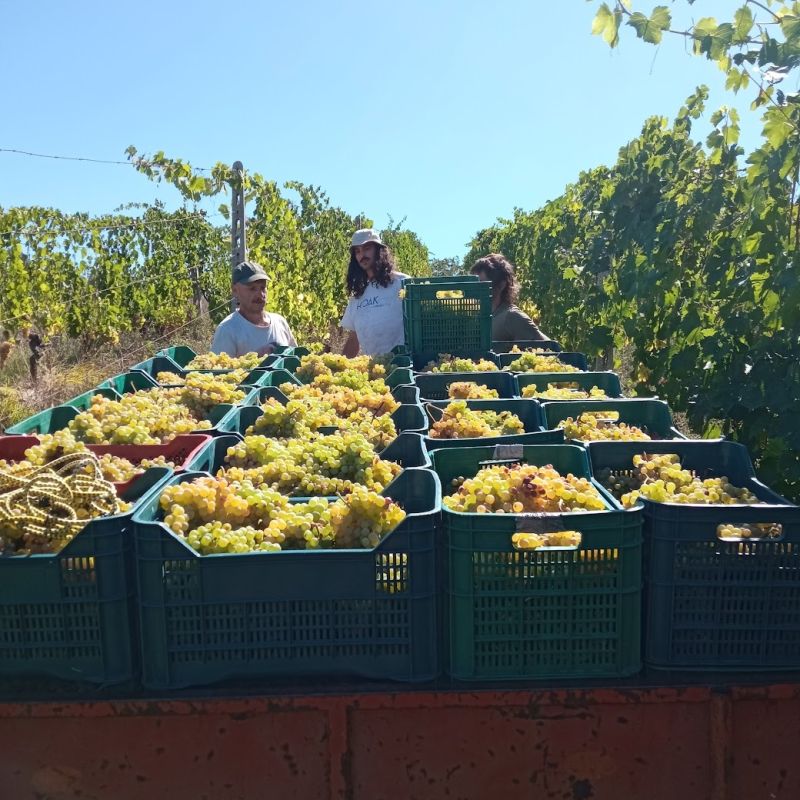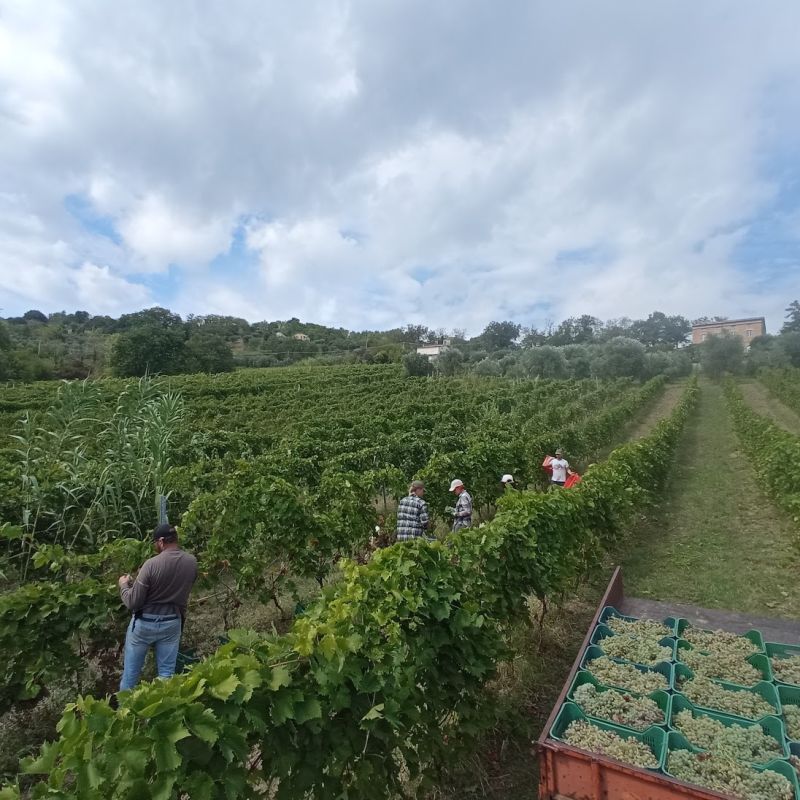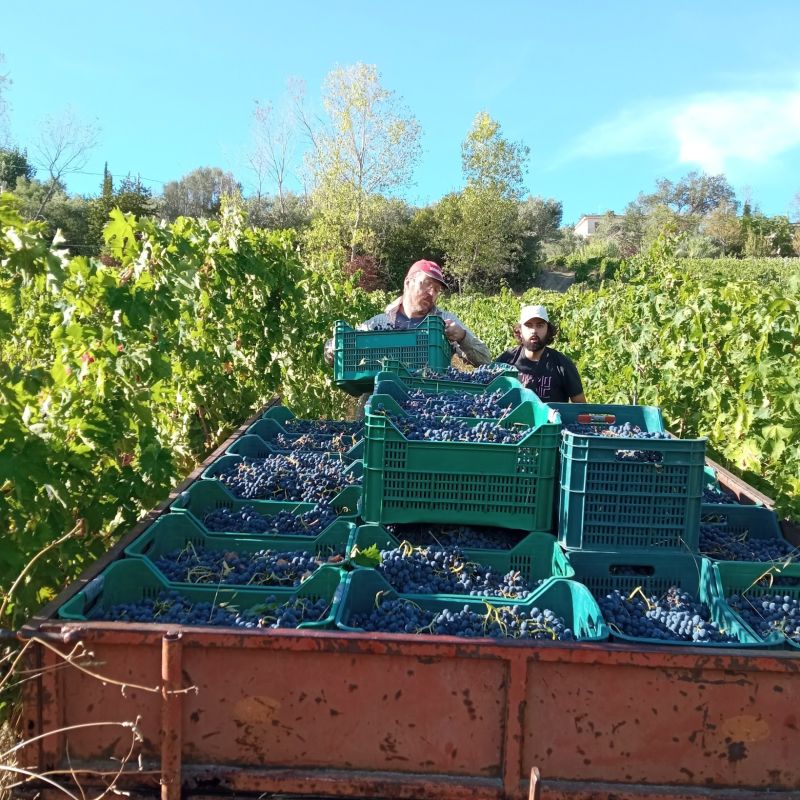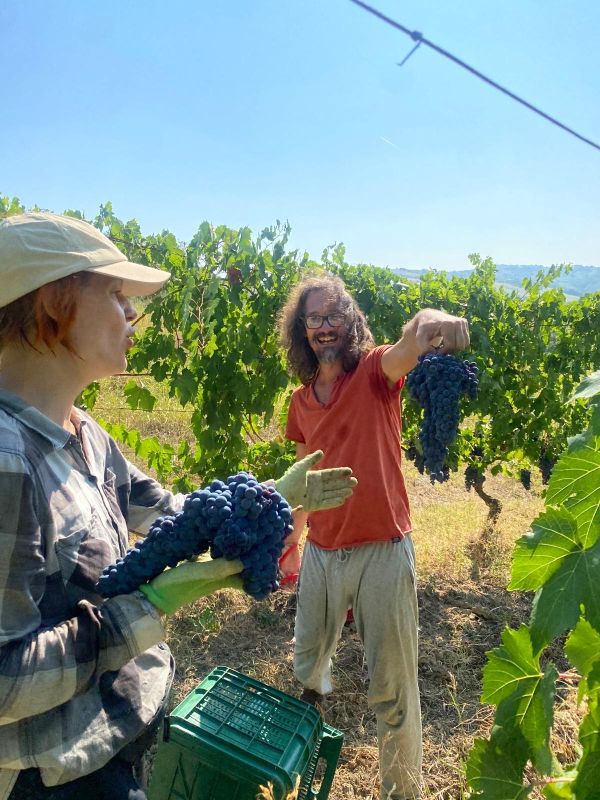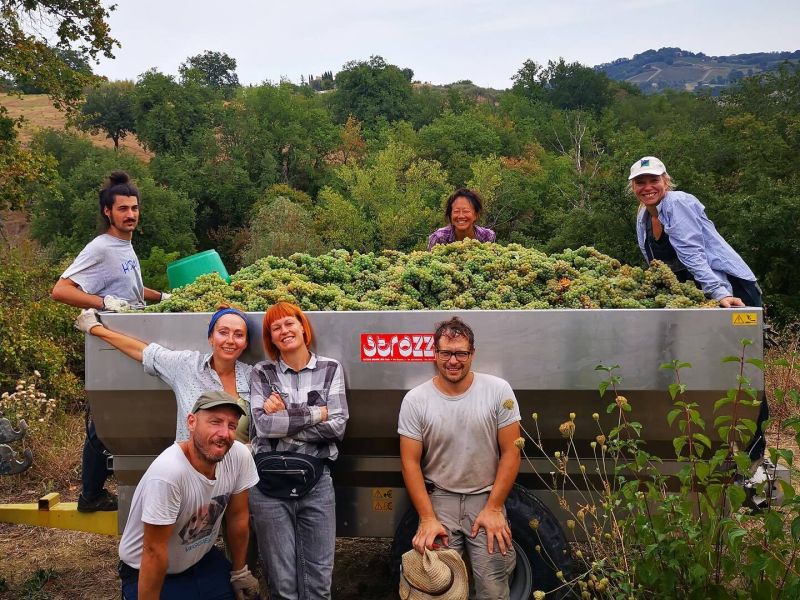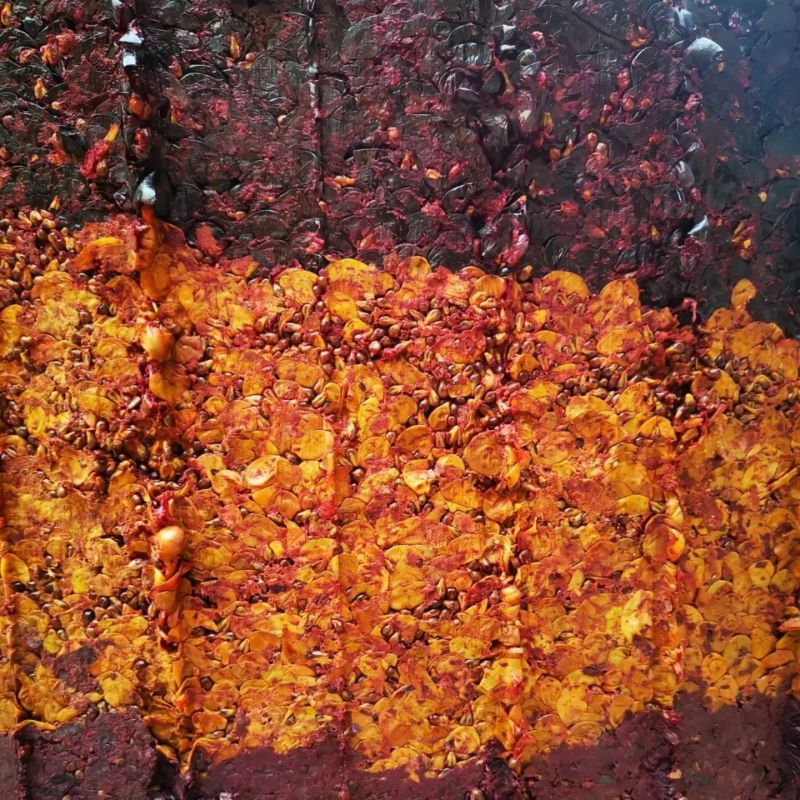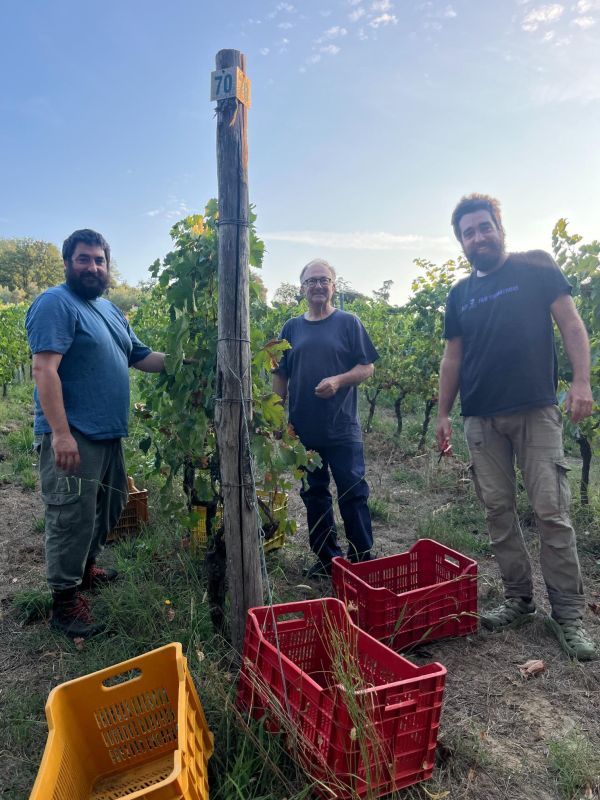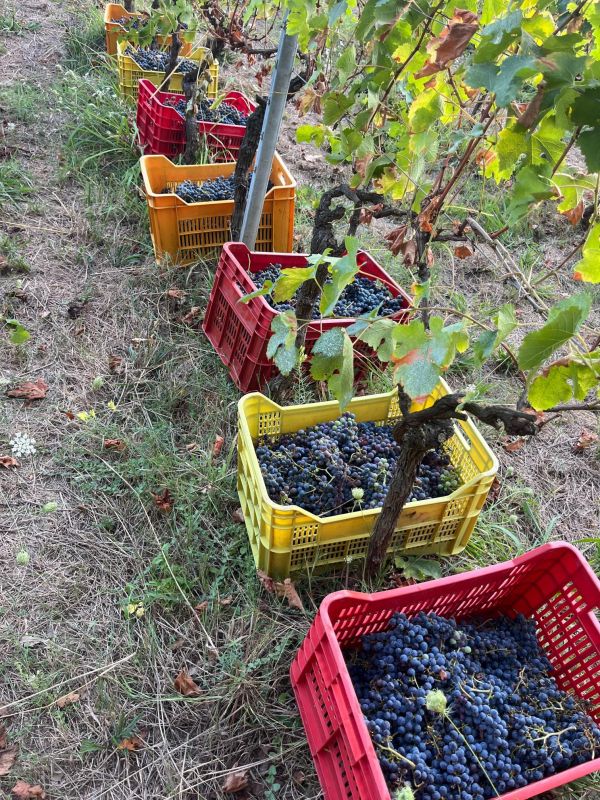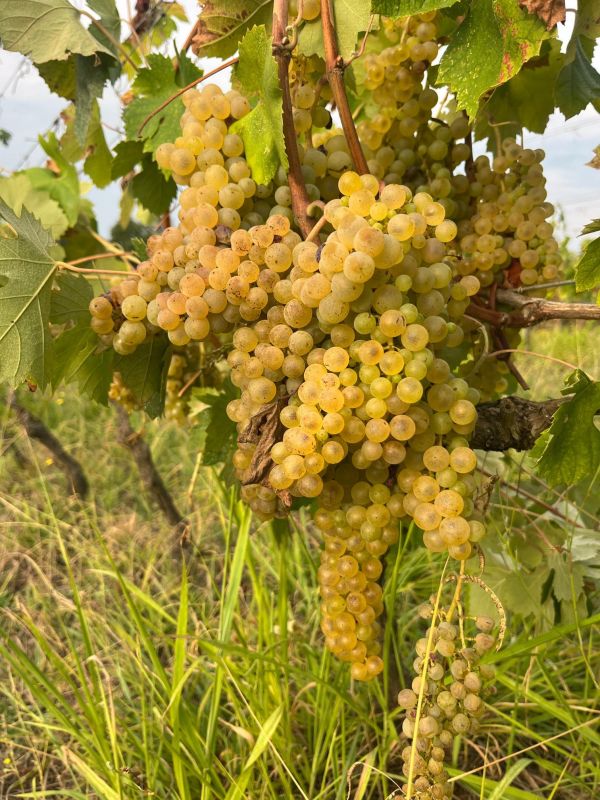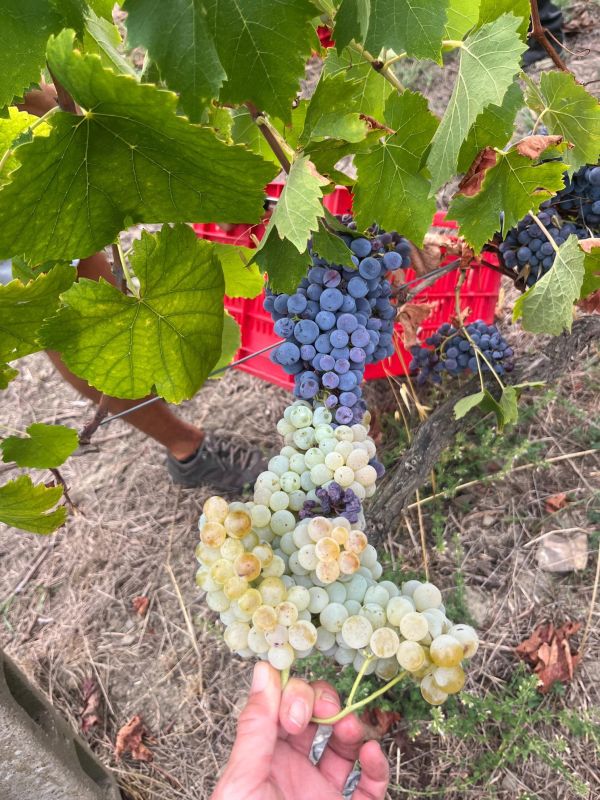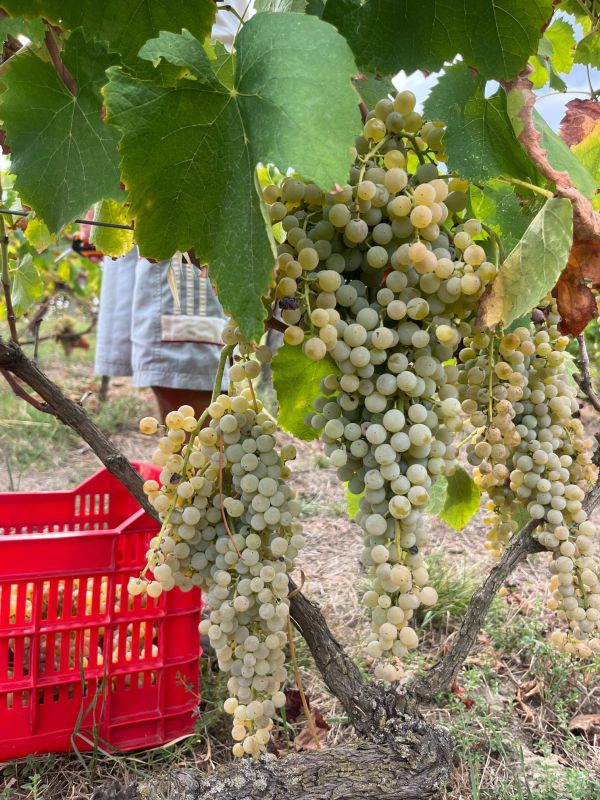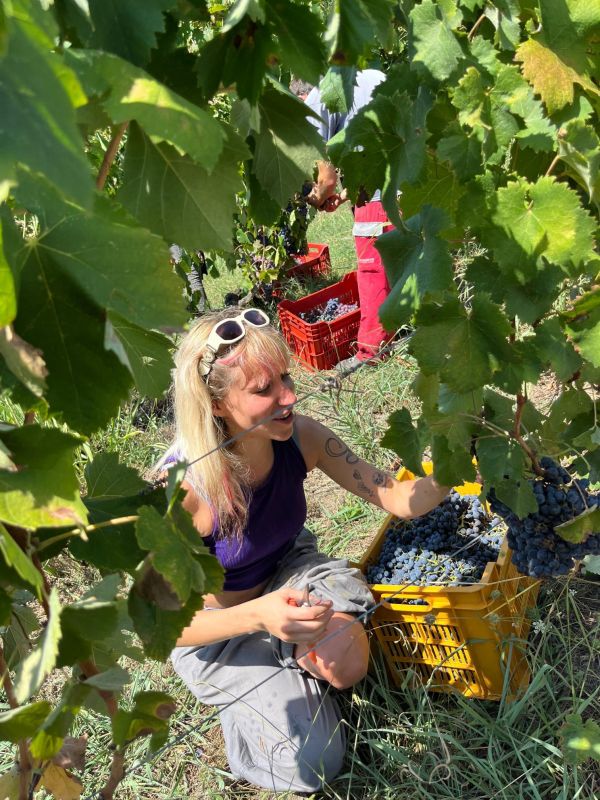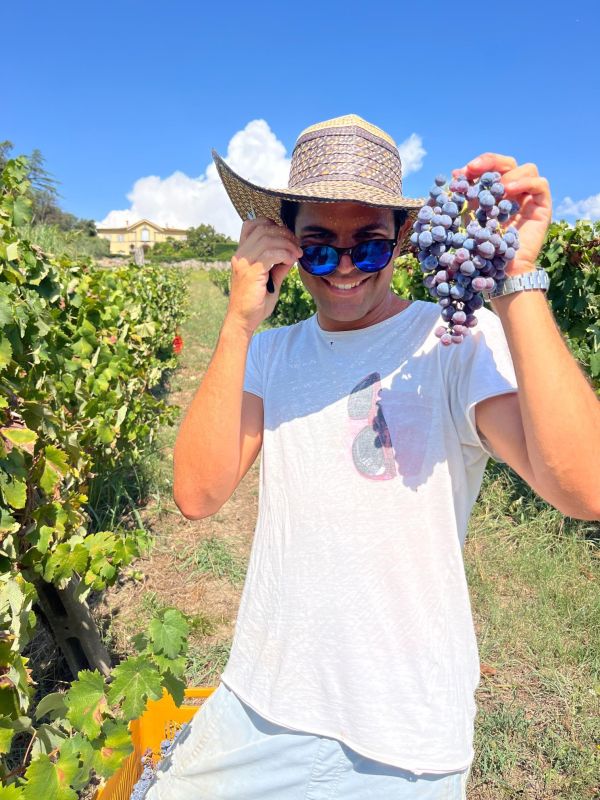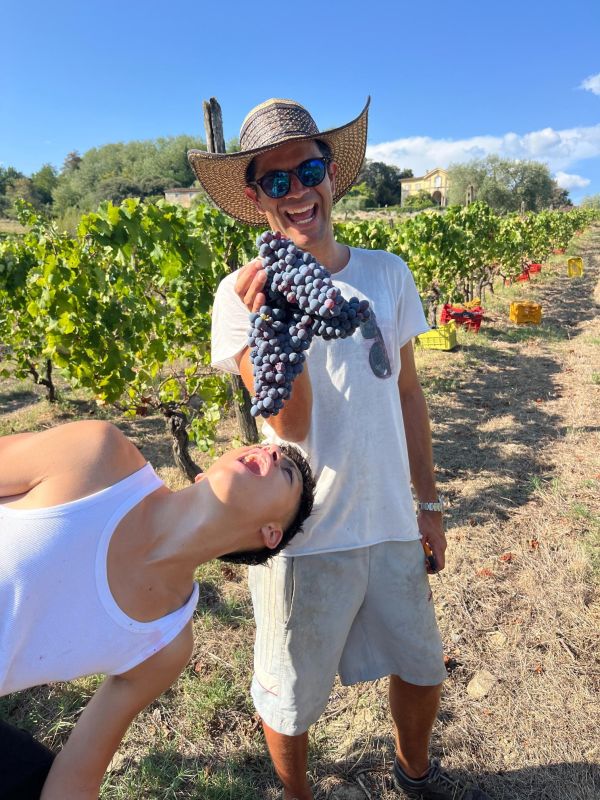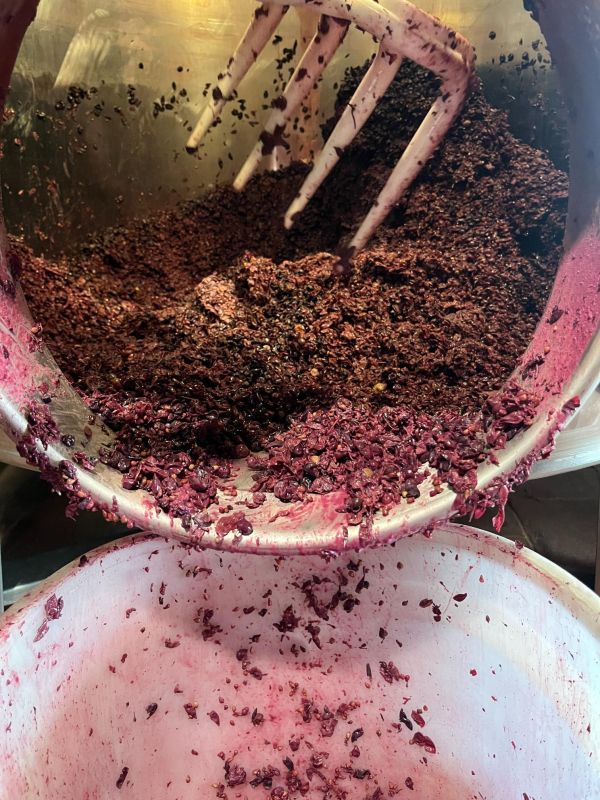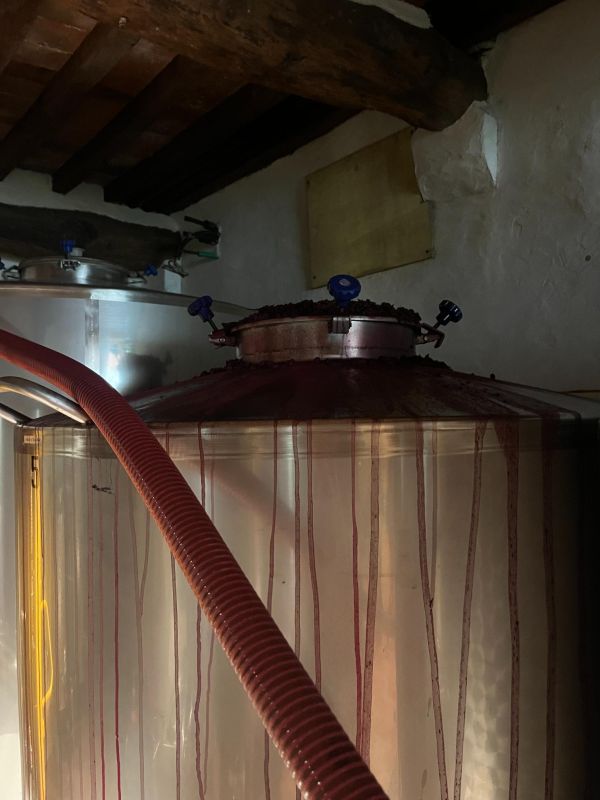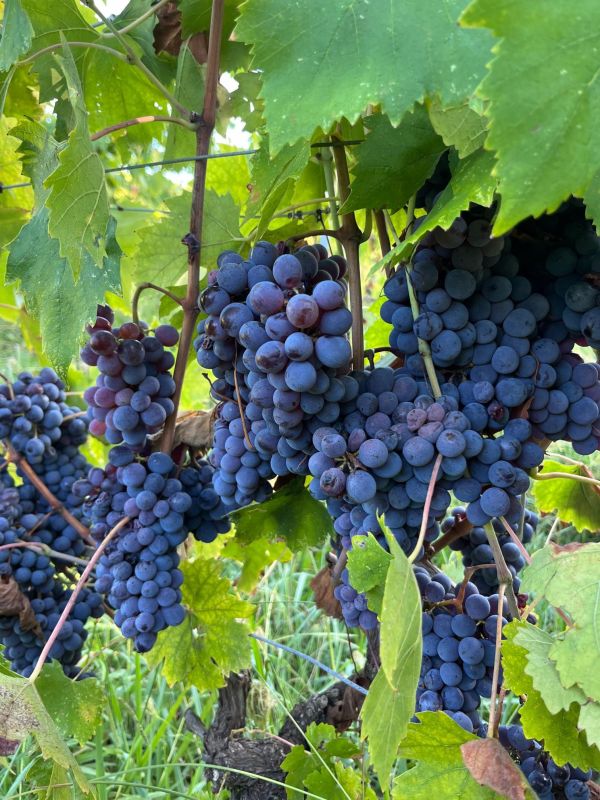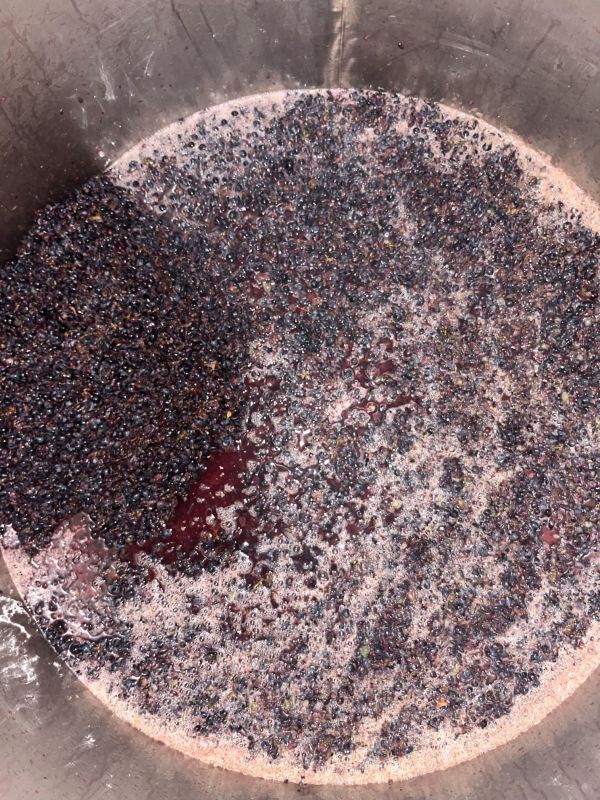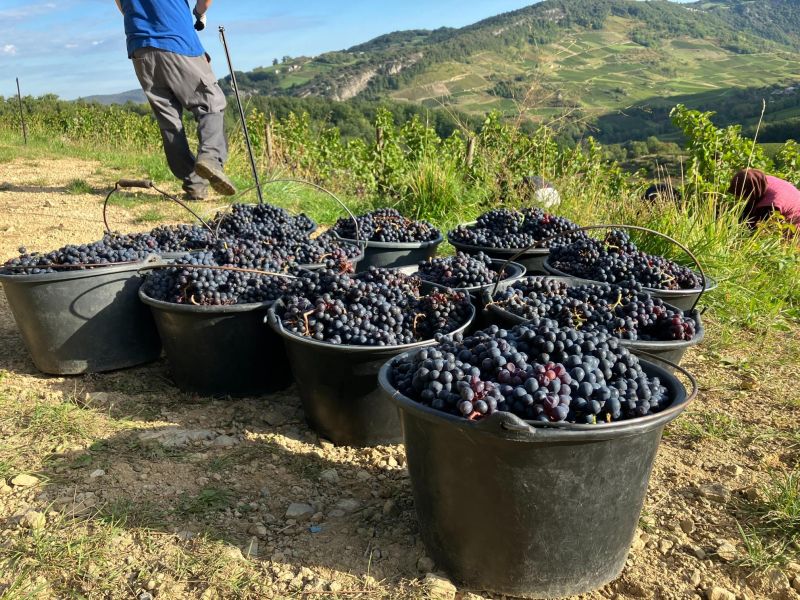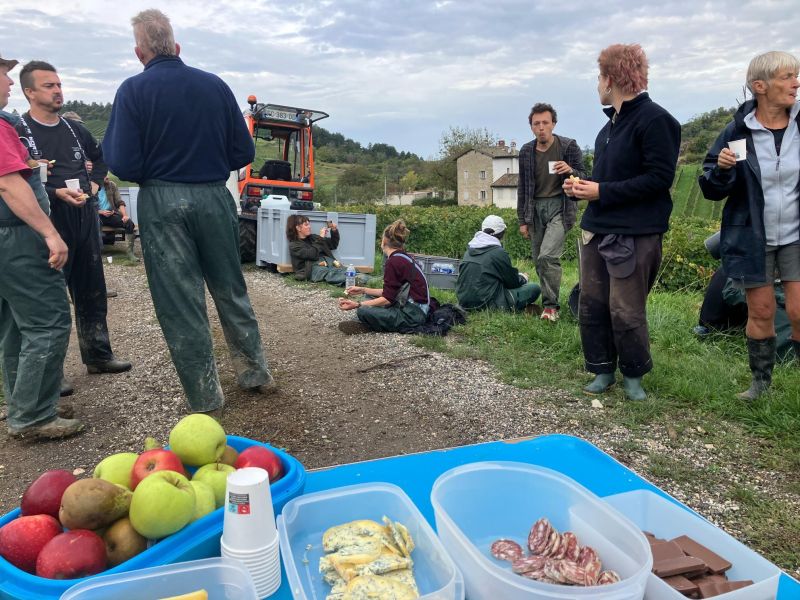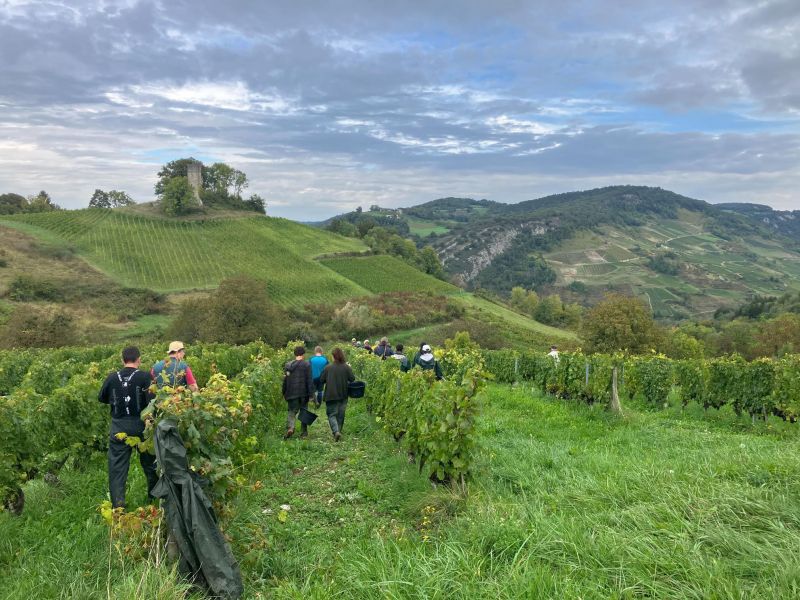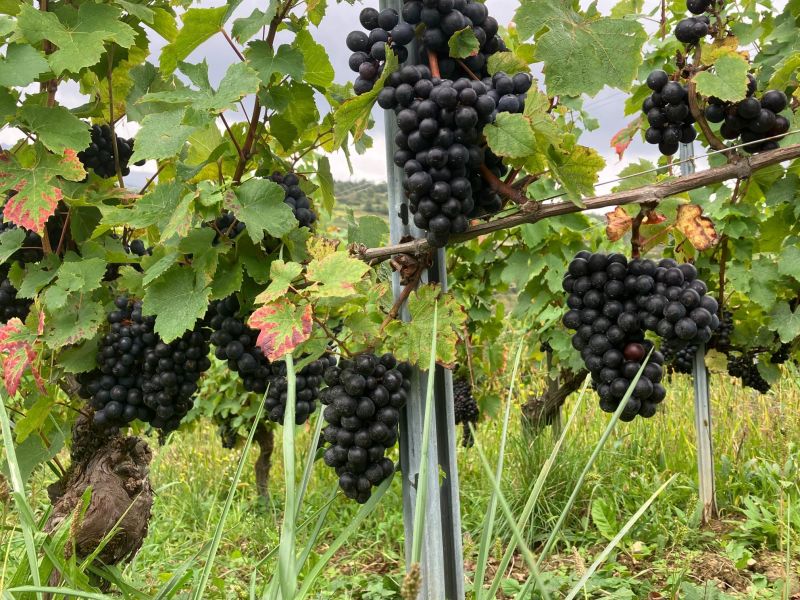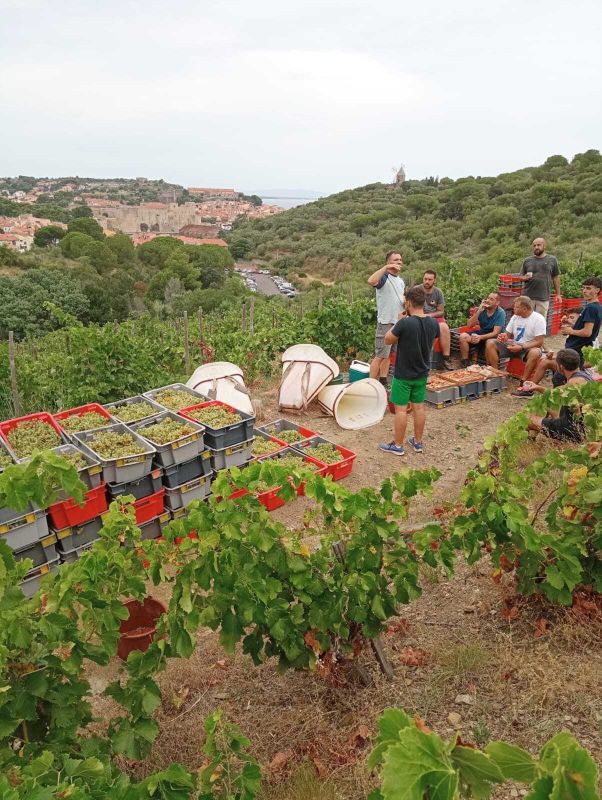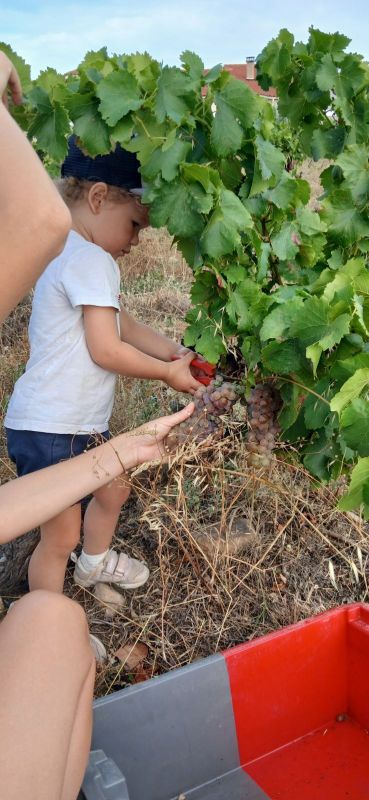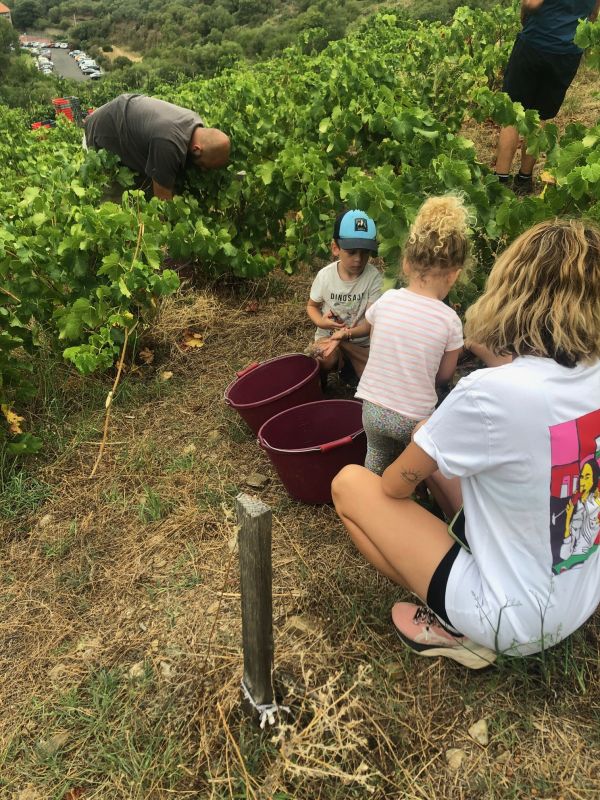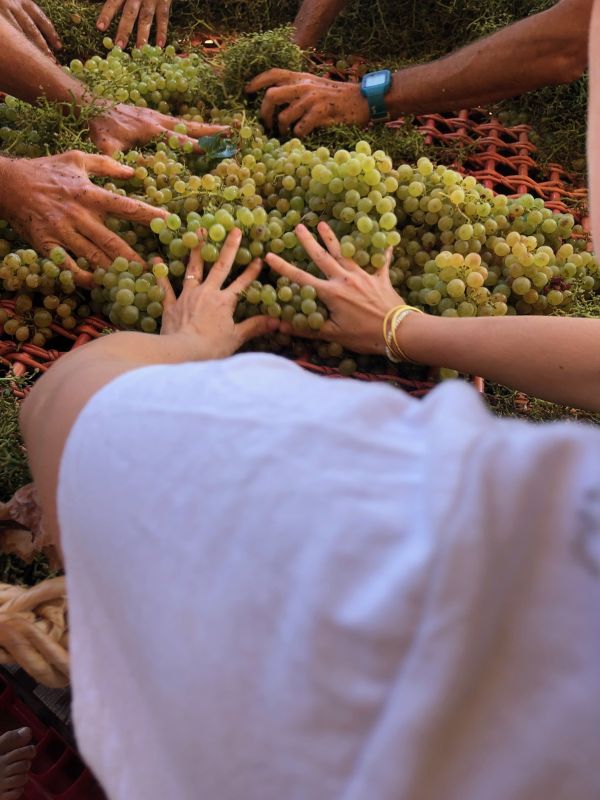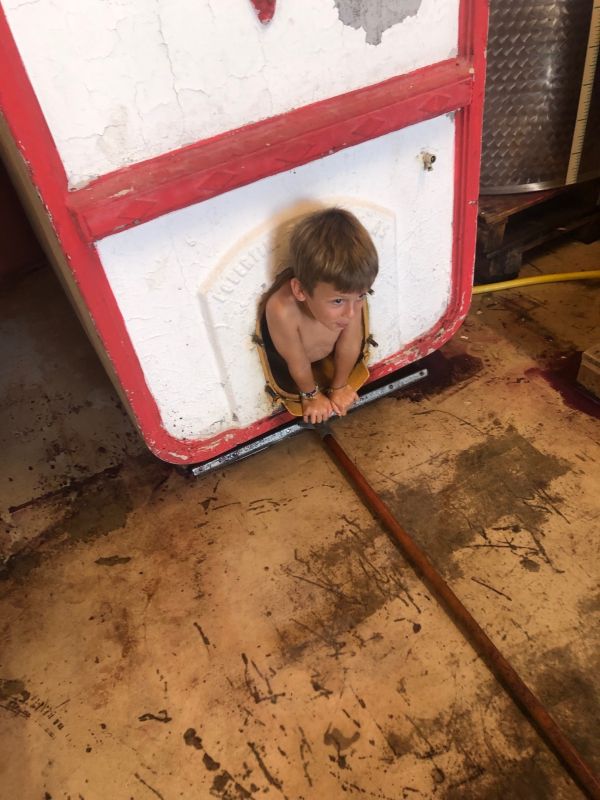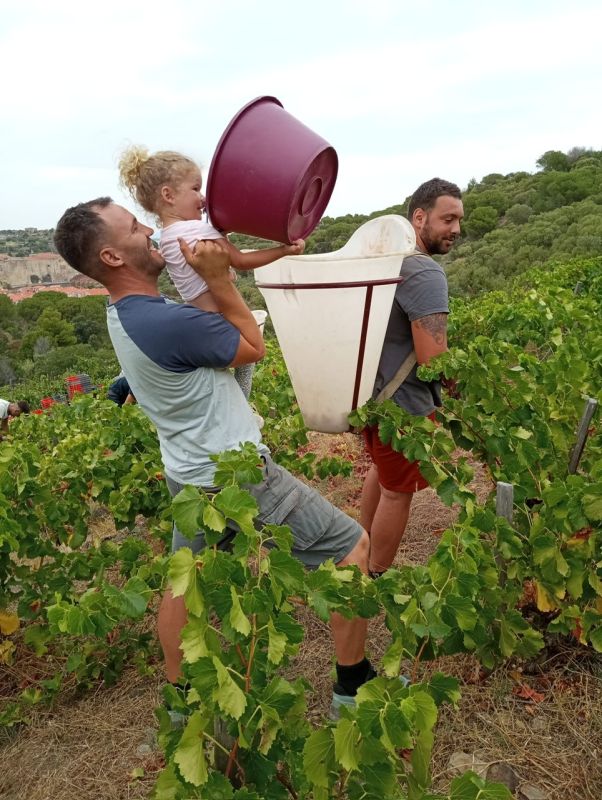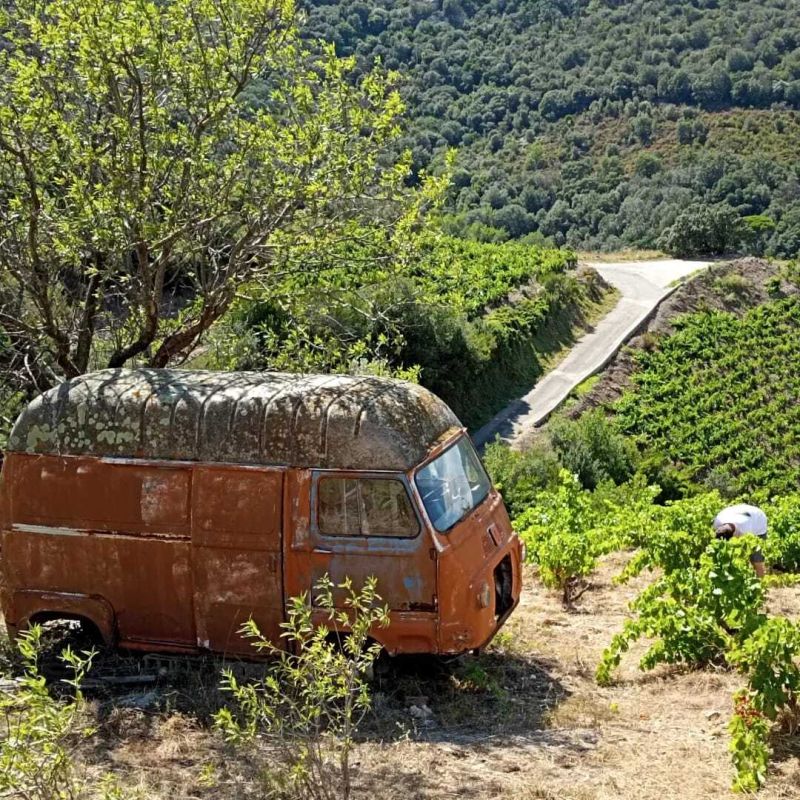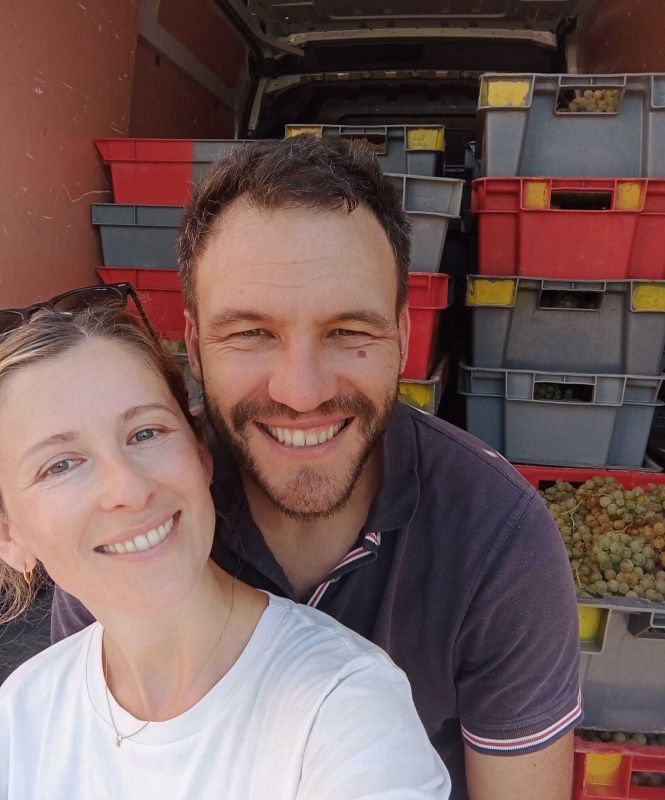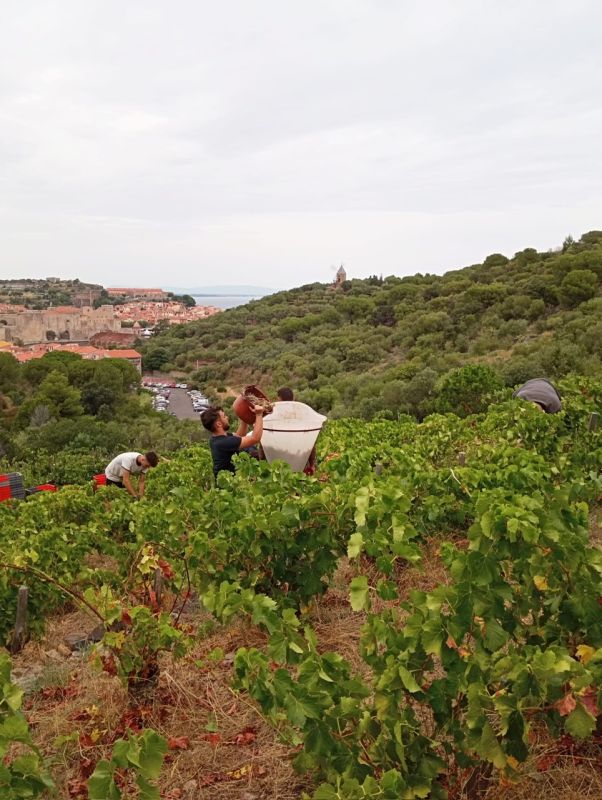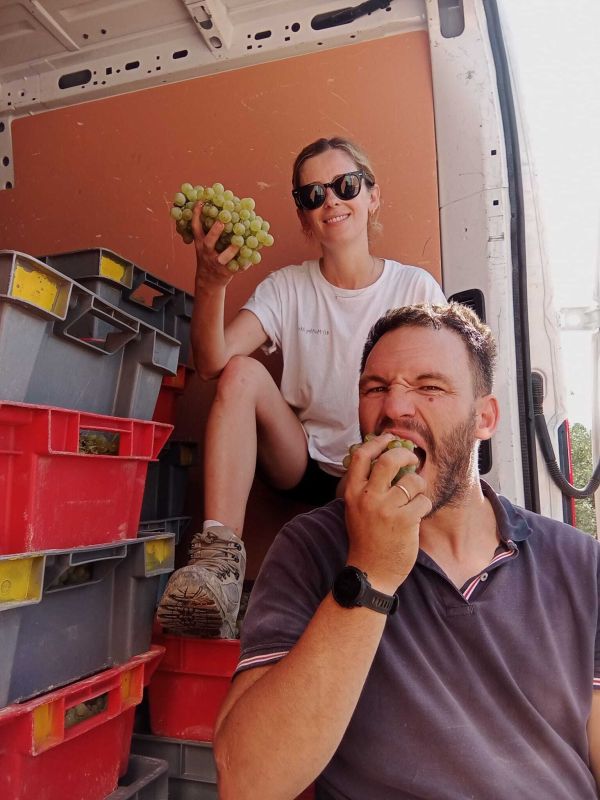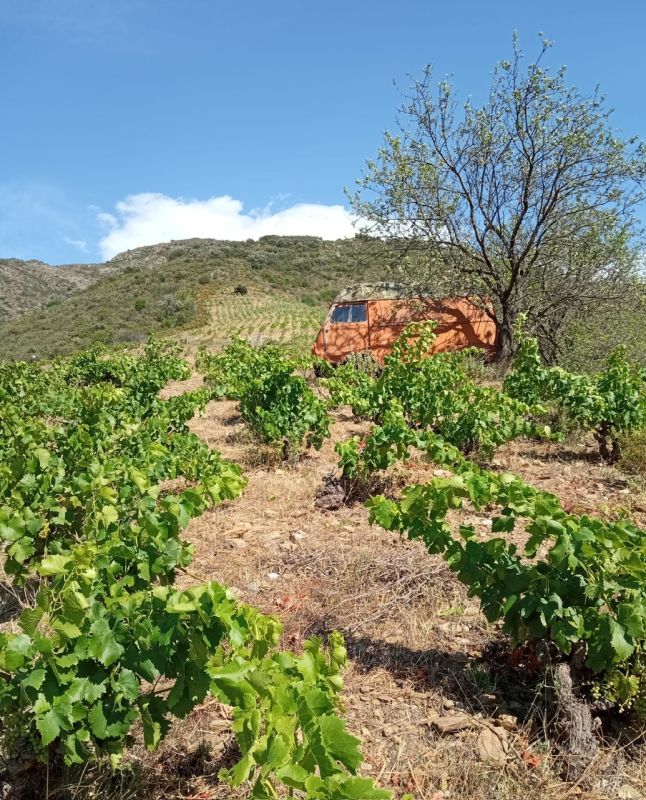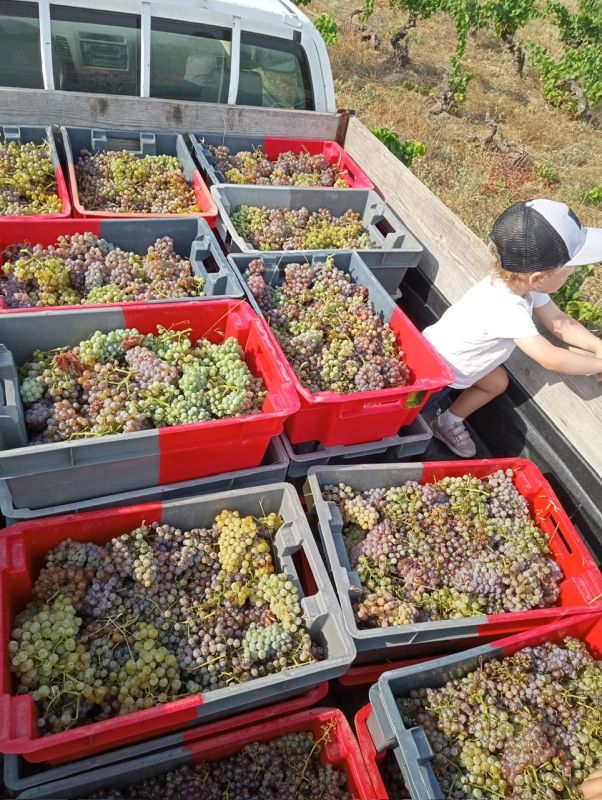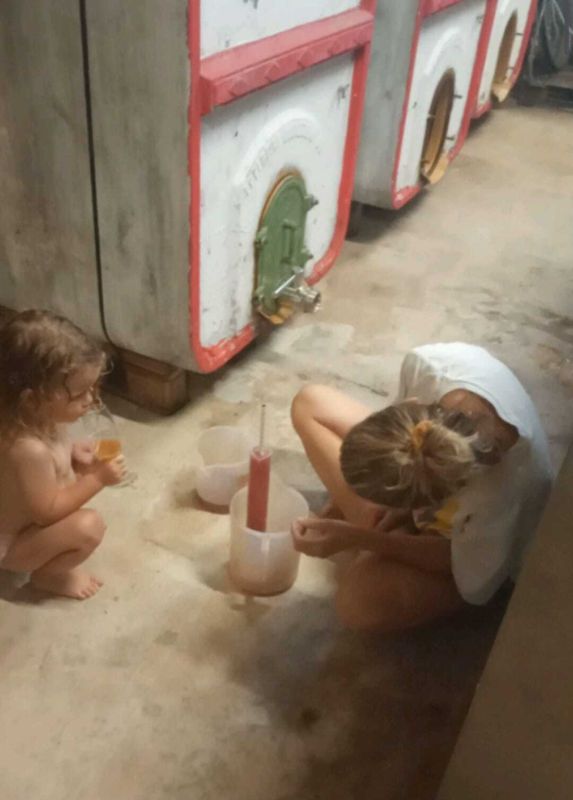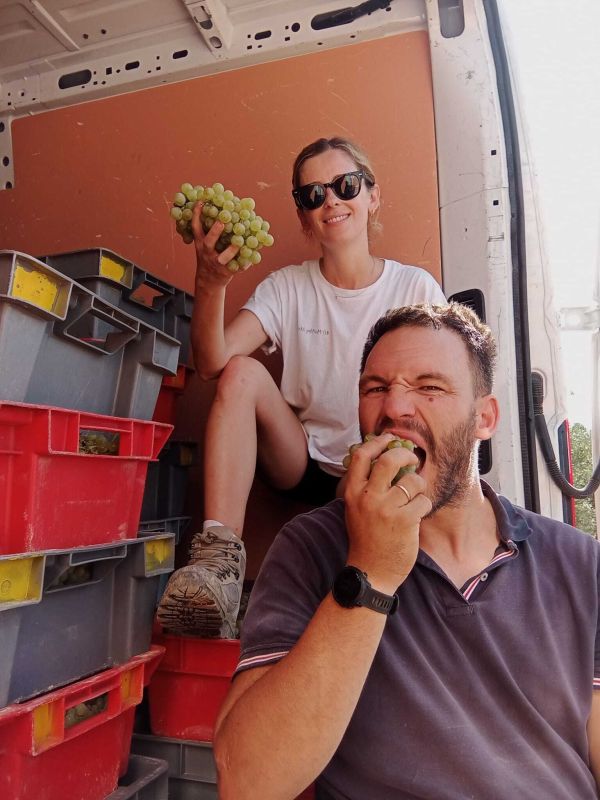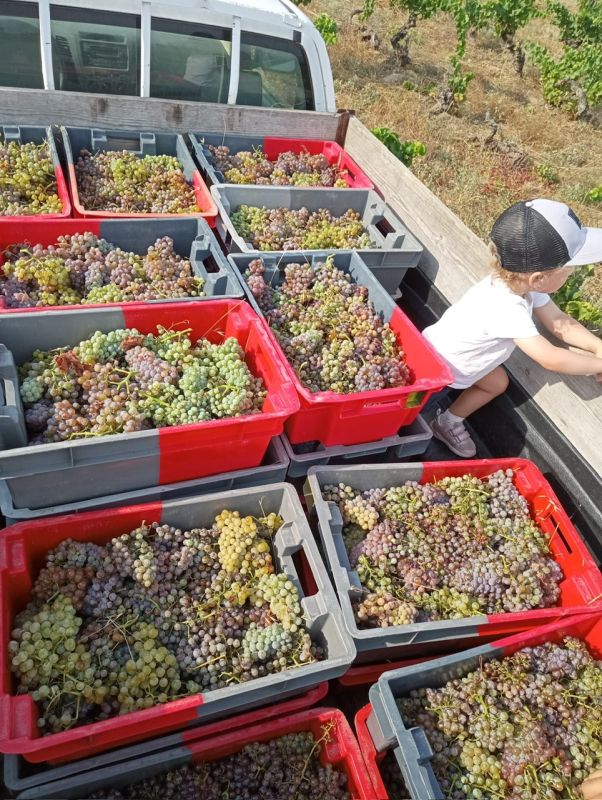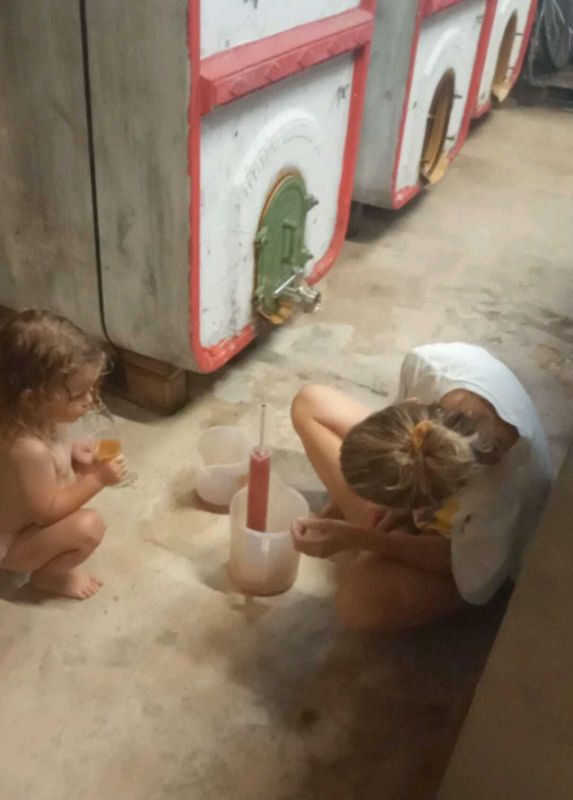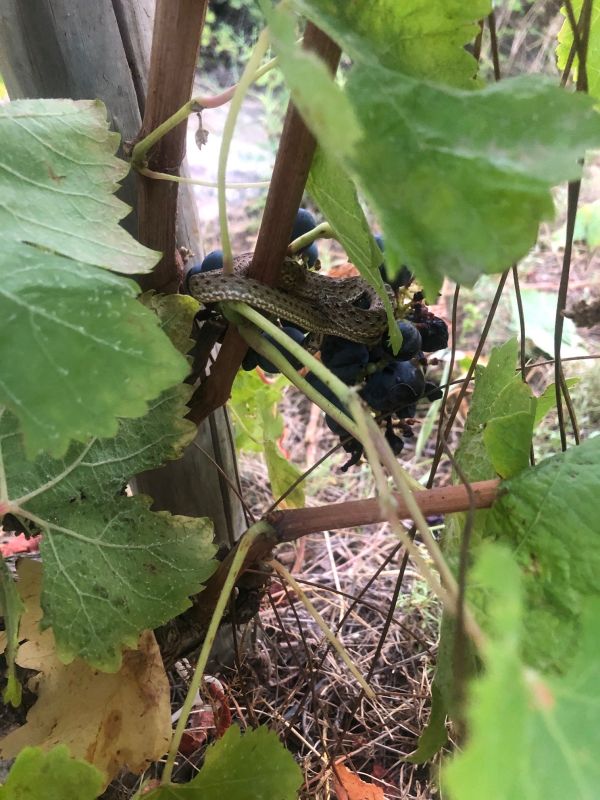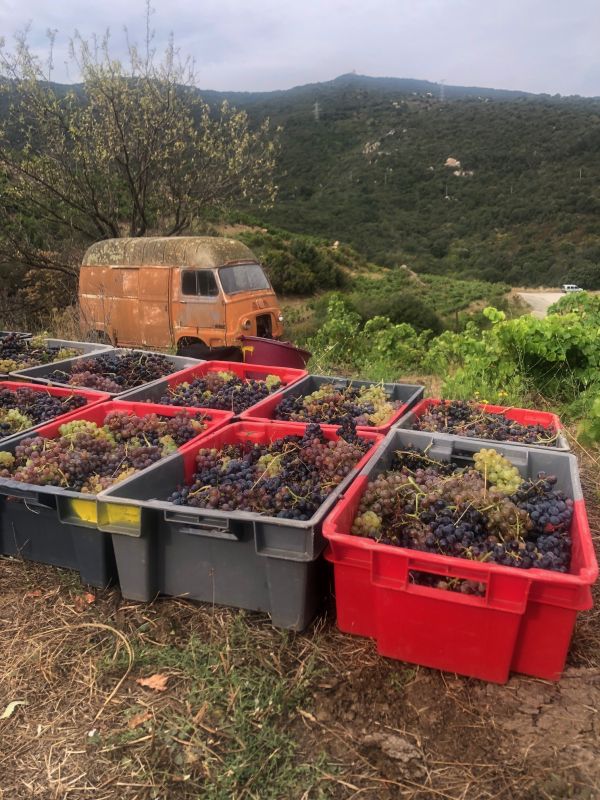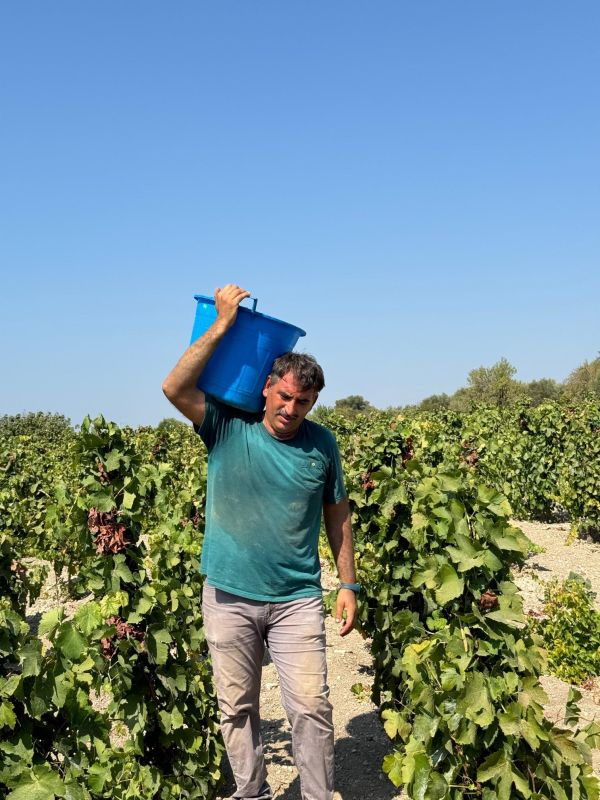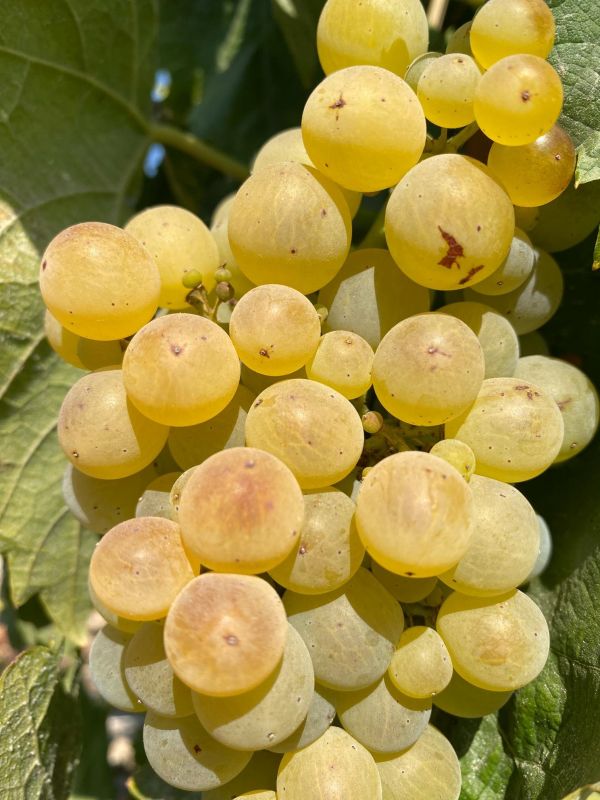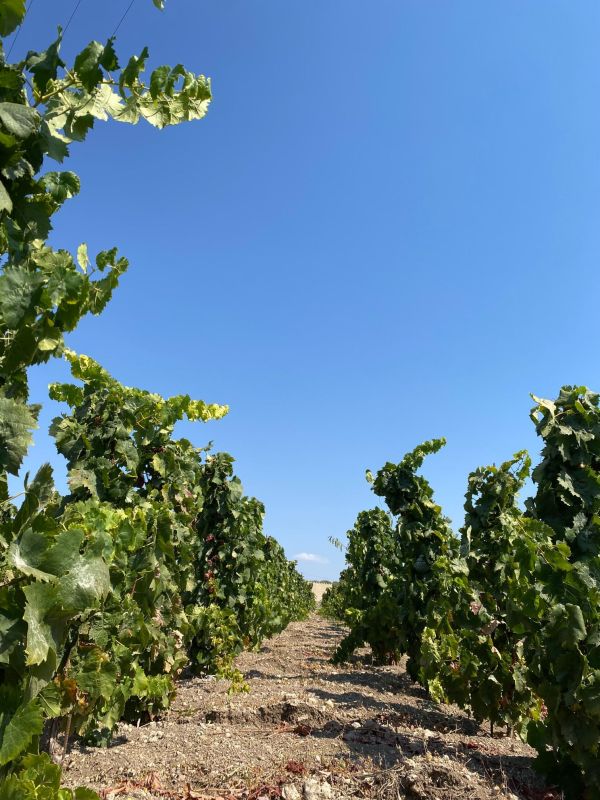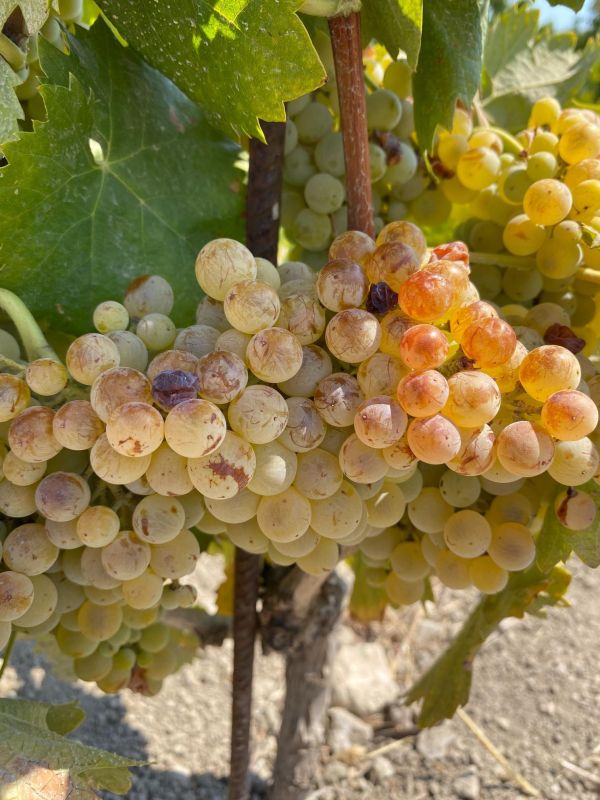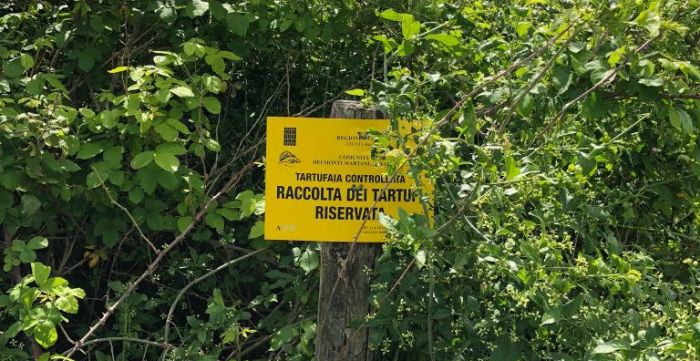November 26th, 2023:
Winter had good snowfall on the mountains surrounding Montefalco, with snowfall continuing until mid-April. Rainfall was not excessive but sufficient to guarantee a good water supply for the soil. We suffered frost in early April that did not damage the vineyards in the upper Montefalco area, but did affect areas at the bottom of the valley. The winter months passed with mild temperatures, but in the late winter and early spring (March-April), constantly low temperatures caused a delay in vegetation. This is what ultimately saved us from having major damage from the April frost.
We were able to avoid treating the vines until April 23rd. The green manure was planted at the end of March in the most advanced areas and the rest from April 19th onwards, spread over the remaining vineyards. The first half of May was marked with daily rainfall, at times several millimeters. Fortunately, our grass covers in the rows avoided washouts and allowed treatments to be carried out without problems. The grass was also mowed with a brush cutter and mulched every day when possible to pass without compacting the soil. The green manure was completely laid by May 16th but not yet cut. In mid-May, the vegetative state maintained a delay compared to recent seasons.
From the beginning of May to the beginning of June, it rained practically every day, with humidity always above 70%. The Sangiovese began flowering on June 2nd. At the end of May, most of the green manure is chopped and it is planted a second time, only on the whites. In June the rains continued, with some breaks compared to May, though humidity remained constantly above 70% with very rare break. Temperatures remained at 25/27 degrees at their highest. In the second half of June, downy mildew begin to affect the bunches.
From July 9th, temperatures began to rise steadily above 30 degrees, with humidity at just under 70%. At the beginning of July, the green manure was buried and the under rows worked on the whites. A light but constant vegetative development continued until September. In general, it felt possible to ripen a good quantity of white grapes, but the red varieties felt compromised by various maladies.
The quality of the grapes harvested was good. It was a very early harvest for us, because after picking the whites, we decided to start earlier on the reds as we decided to only produce "Rossofongoli" in 2023. It was a unique vinification for the red this year, one we've never done before. We started by greatly reducing the speed of the de-stemmer to maintain the integrity of the skins as much as possible and avoid broken grapes. Once those grapes were macerated and pressed, a substantial amount of whole-cluster bunches were introduced into the fermenting wine. At no point did we do a pigeage, a first for us.
In the cellar, we have increasingly focused on eliminating aromatic variation caused by vegetal parts of the fermentation. In the vineyard we worked to minimize the damage from mildew; despite the possibility of using the atomizer daily for the entire period of the growing season, it was noted that it is impossible to stop infections with only limited doses of copper ( except perhaps for the Trebbiano Spoleto). Based on the experiences of recent years, the fight against extreme drought is more manageable with targeted work at the right times.
